This protected amenity land/Local Wildlife Site, untouched since the 1960s, has been allowed to be destroyed by senior council officers Vicki Bates, Monitoring Officer, Michael Cullen, Chief Executive and Emma Curle, Head of Planning. The Local LibDem MP, Lisa Smart, and local councillors Angela Clark, Mark Roberts and Rachel Bresnahan – all lazy and useless – were begged for 220 days to act. They did nothing.
When they did finally respond the reply was all lies. The land was being improved and the rubbish was being tidied up. A planning application was allowed to proceed deliberately giving a false location. This sort of thing is fine in LibDem run Stockport. The LibDem Leader, Mark Hunter, in reply to a council meeting claimed the council couldn’t act on wildlife crime. He lied.

If housing is built on that site, it will signify corruption reigns supreme at Stockport Council, yet again. I shall be contacting the police if that happens. There are so many instances of Stockport Council’s planning corruption on this website already, most notably the appalling case of the still-gassing toxic waste dump school where lethal brown asbestos fibres were deliberately left in situ.

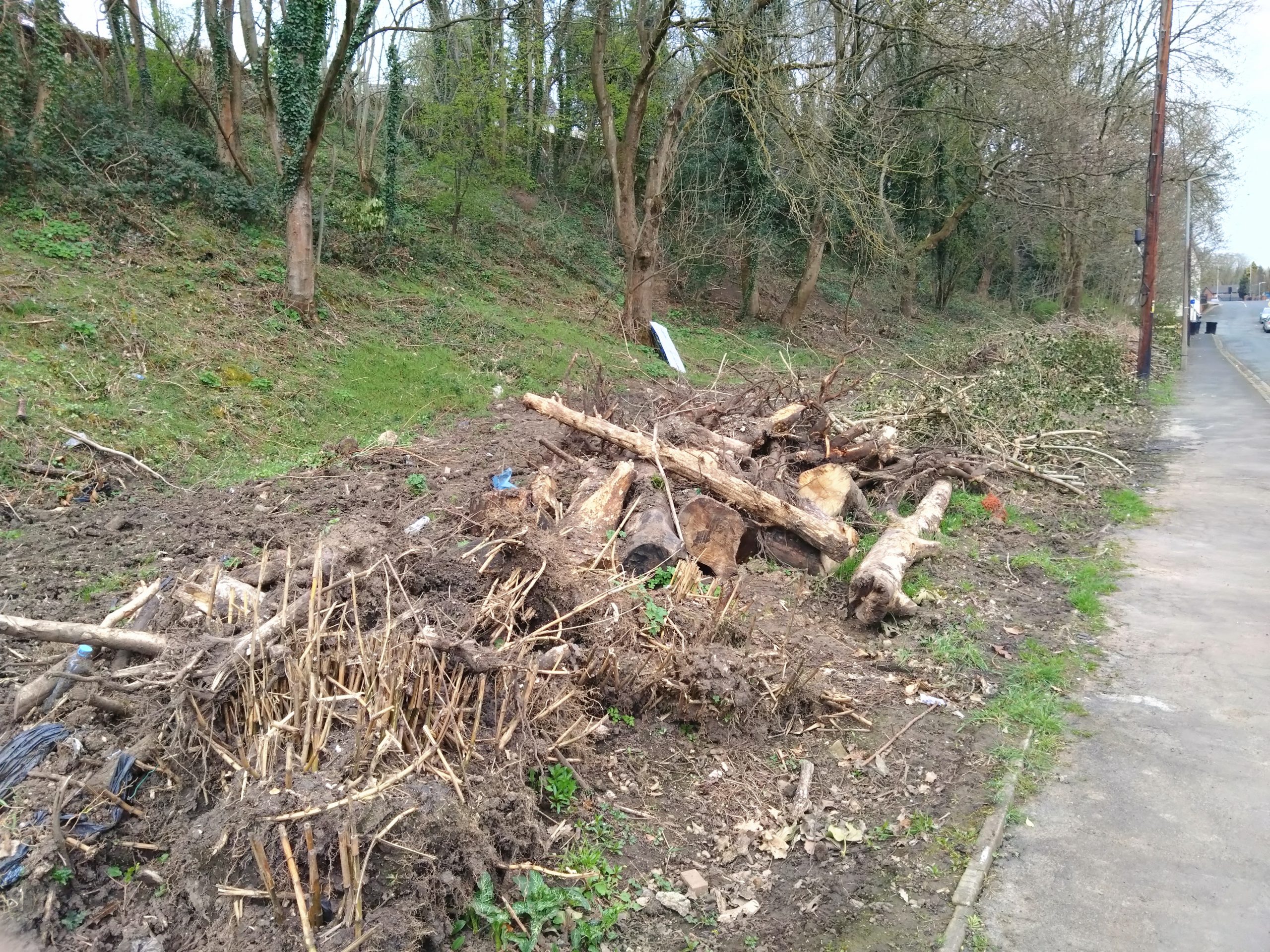


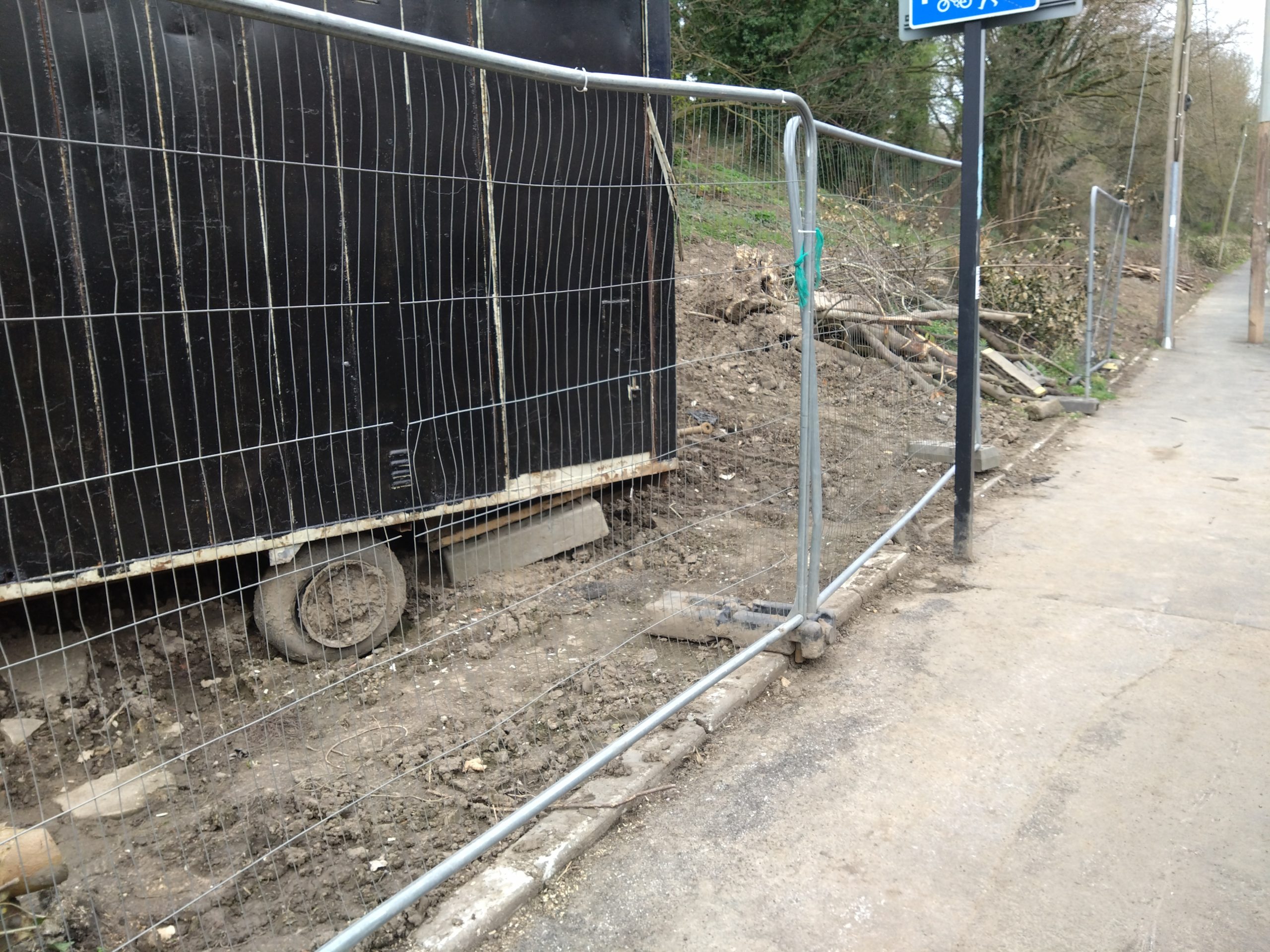
The protected land before it was improved and tidied up.
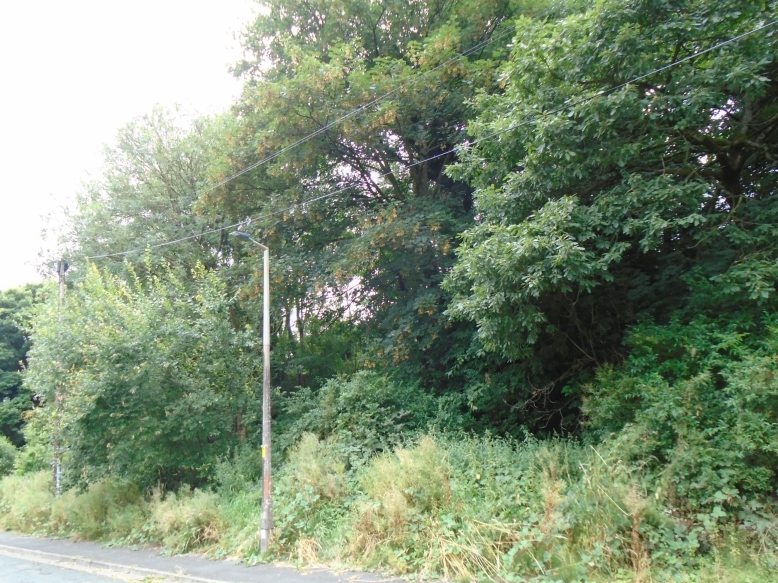
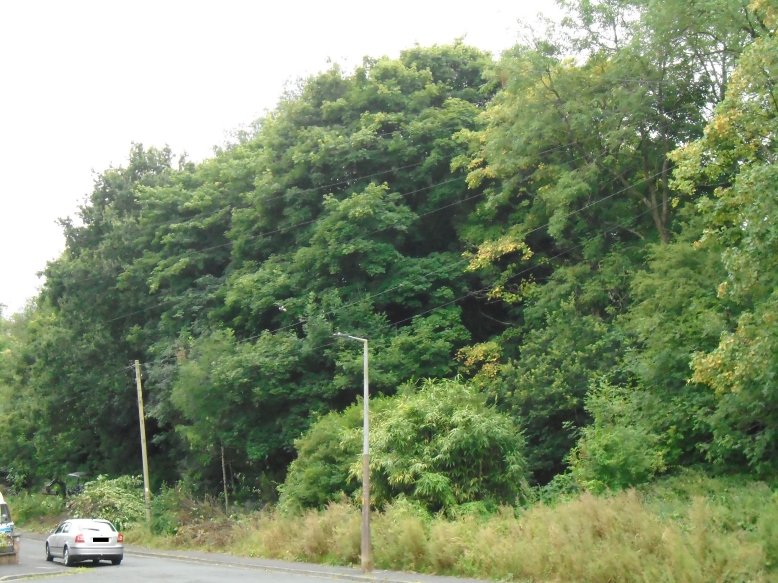


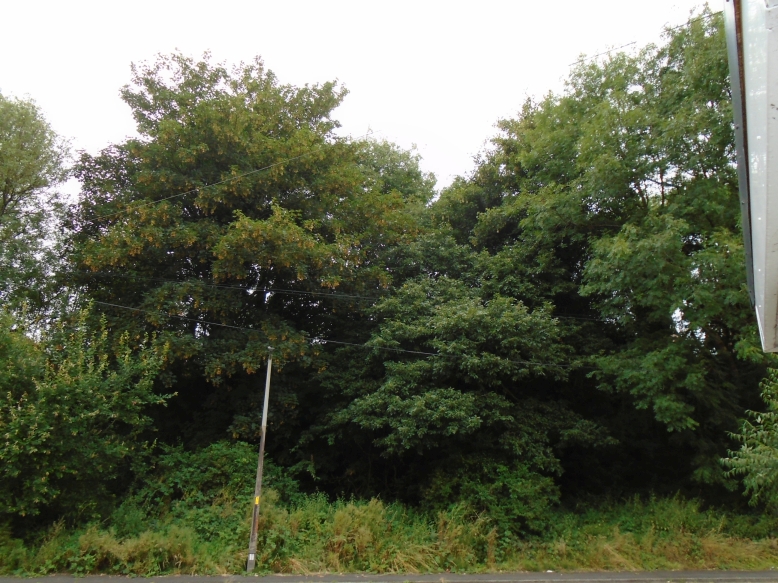
This is the planning refusal which confirms the land is protected amenity land.
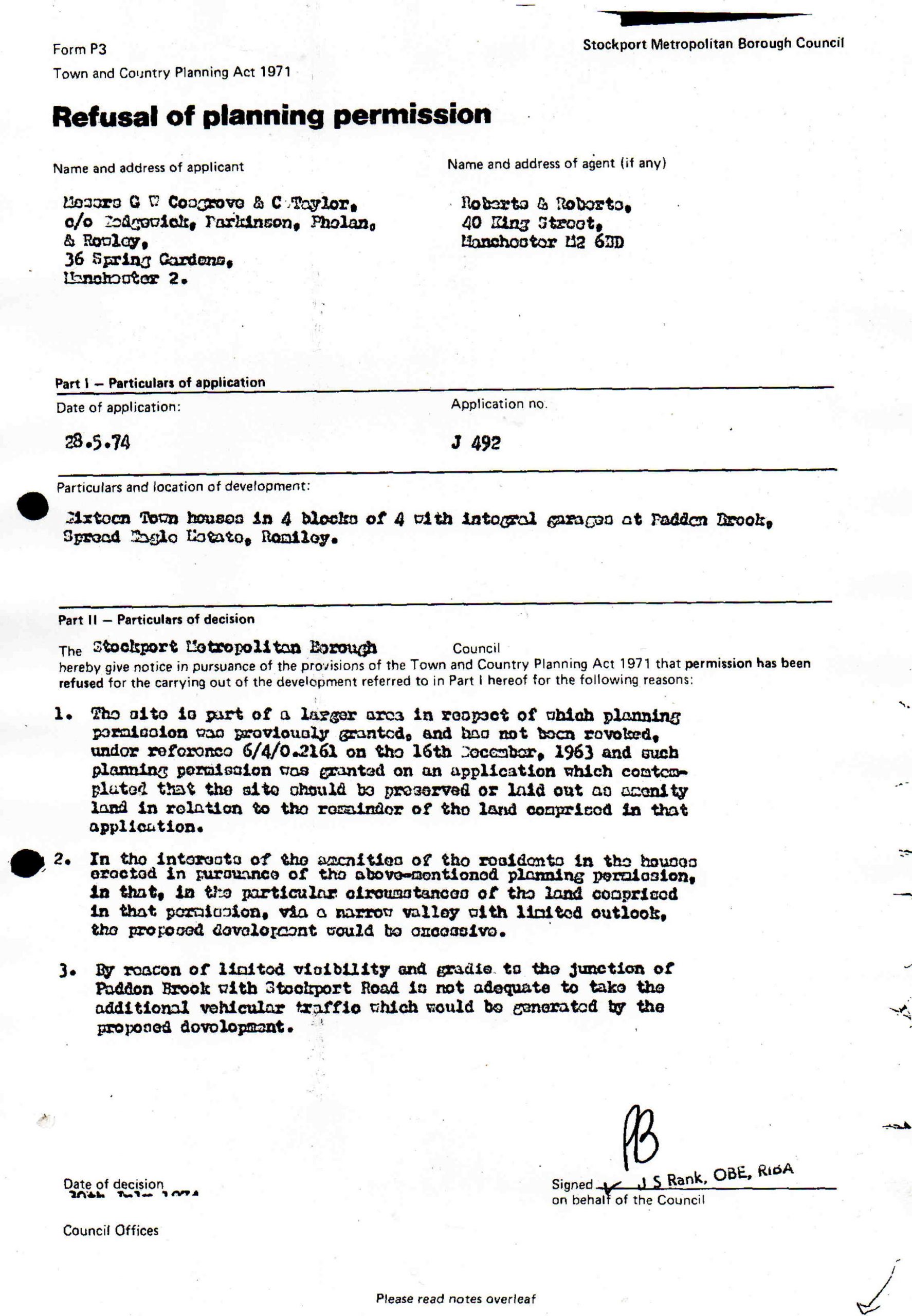
Protected amenity land refers to land that has been designated or set aside for public benefit, often for recreational, environmental, or visual purposes.
Here’s a general overview of the legal position:
⚖️ Definition
Amenity land is land that enhances the value or enjoyment of a property or the environment, usually by providing open space, greenery, or visual relief. It often includes:
- Grass verges
- Public green spaces
- Land around housing estates
- Village greens
- Play areas or parkland
🔒 Protected Status
Land can be protected in several ways, including:
- Planning Conditions or Section 106 Agreements
- When planning permission is granted, conditions may be imposed requiring some land to remain open for amenity use.
- Section 106 agreements (in the UK) can legally bind developers to preserve amenity spaces.
- Designation as Public Open Space
- Local councils may designate land as public open space through local development plans. This designation limits development and ensures access and environmental protection.
- Statutory Protections
- In the UK, land may be registered as a village green under the Commons Act 2006. Once registered, development is highly restricted.
- Green belt land and land protected under environmental laws (e.g., SSSI, AONB) may also include amenity value and have additional layers of protection.
- Restrictive Covenants
- Some land is subject to legal covenants that restrict development or use to preserve amenity for nearby residents.
- Ownership by Local Authorities or Charitable Trusts
- Many amenity spaces are held by councils or trusts for the benefit of the public. These bodies may have legal obligations not to dispose of or develop the land.
🚧 Development on Amenity Land
Development or change of use on protected amenity land is typically subject to:
- Strict planning controls – applications will likely face opposition and must demonstrate community benefit or exceptional justification.
- Public consultation – especially if the land is publicly owned or widely used.
- Judicial review or legal challenge – if the decision to develop is deemed unlawful or procedurally unfair.
🏛️ Case Law & Precedents (UK examples)
Some notable legal principles include:
- Courts have generally upheld protections for land that has been used as open space or is under statutory trust.
- In cases like Oxfordshire CC v Oxford City Council [2006], the courts confirmed strong protections for village greens.
✅ Key Takeaways
- Protected amenity land has legal safeguards against inappropriate development.
- Protections can stem from planning law, environmental law, local policy, or private legal agreements.
- Attempting to develop such land usually requires extensive legal and planning justification and public engagement.
There is a covenant on the land:
I have a copy of a lease dated 24th of June 1964 between Hathelow Investments Ltd of 452 Manchester Road, Heaton Chapel (the Lessor) and Winchover Ltd of 5 New Brown Street, Manchester (the Lessee).
The Lease stated at 2. “The Lessee will not at any time without the previous consent in writing of the Lessor erect or suffer to be erected on the said land any mesuage dwellinghouse building or other erection.”

